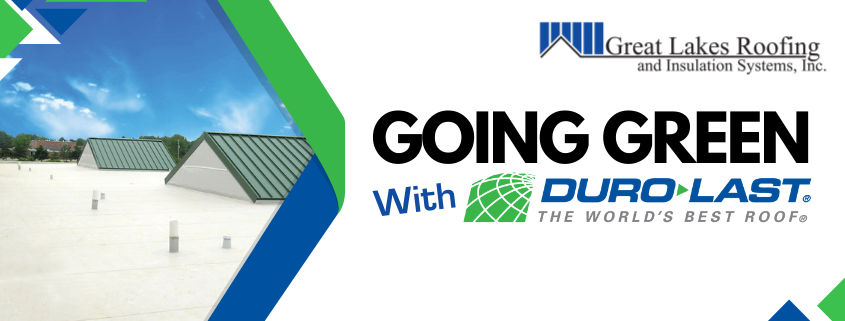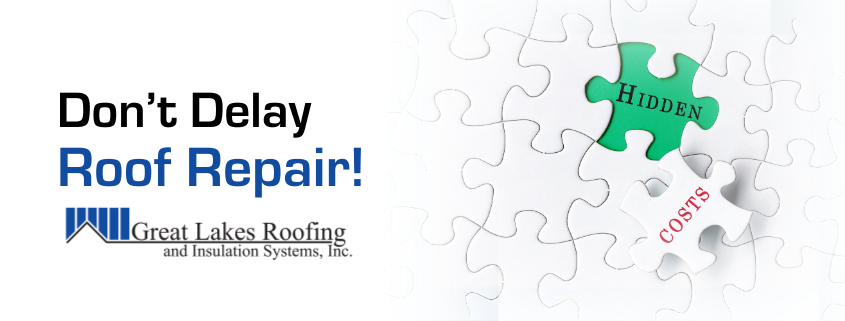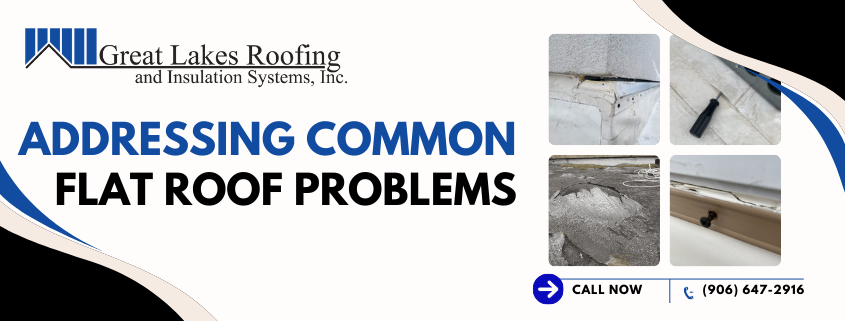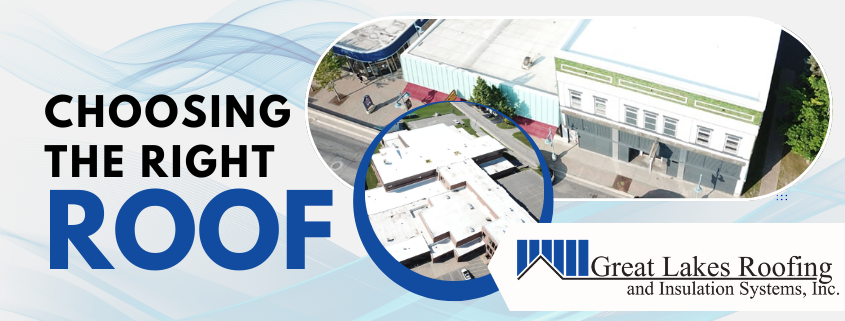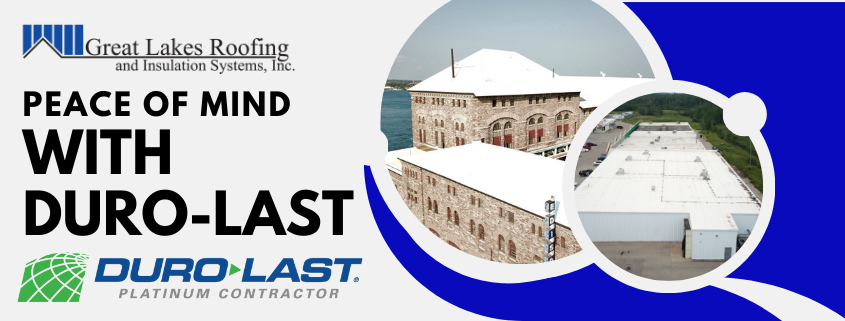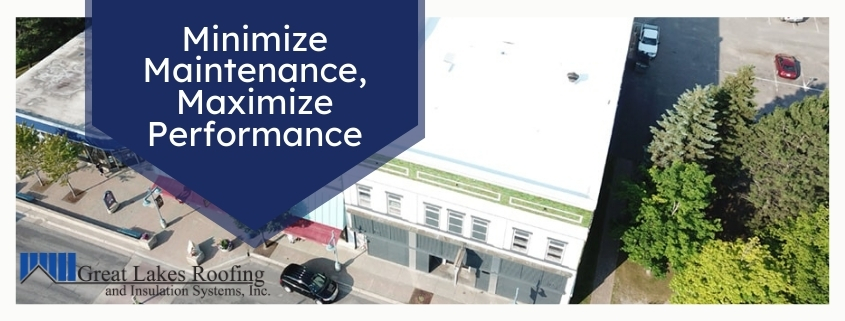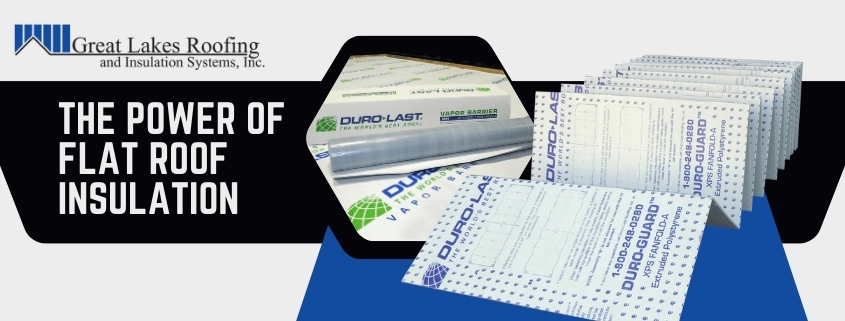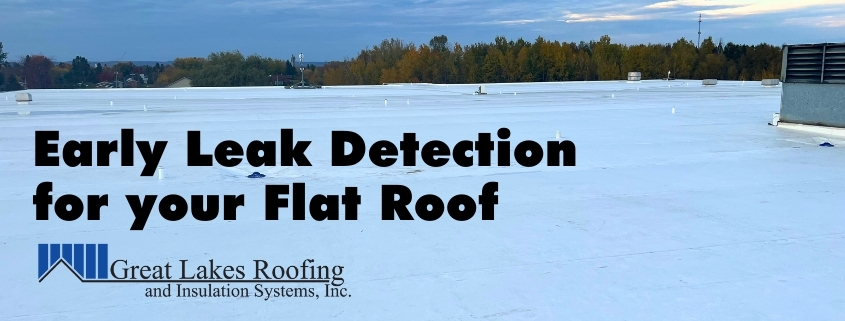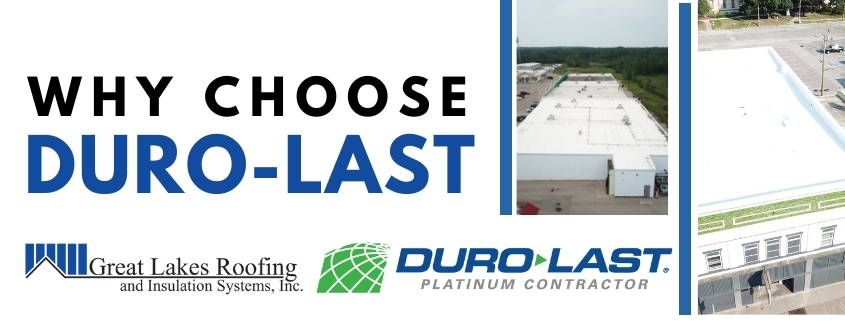Sustainability Meets Durability: How Duro-Last Helps You Go Green
As the world becomes increasingly conscious of environmental impact, commercial building owners are seeking more sustainable roofing solutions. At Great Lakes Roofing, we’re proud to partner with Duro-Last, a leader in developing innovative, eco-conscious roofing systems that also provide unparalleled… Read More »Sustainability Meets Durability: How Duro-Last Helps You Go Green
